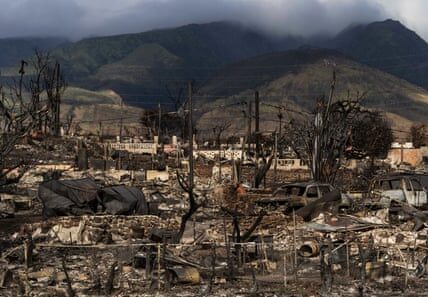In the rainforests of the world, there is a common occurrence where only 2% of all species account for 50% of the total number of trees.

A recent study has discovered that only 2% of tree species in rainforests make up half of the trees present in African, Amazonian, and south-east Asian tropical forests.
Researchers have found that a small number of tree species are prevalent in the world’s main rainforests, while the majority of species are rare and diverse, mirroring patterns seen in other parts of the natural world.
A team of 356 scientists from University College London conducted a study published in the Nature journal, revealing similar levels of tree diversity in rainforests around the globe. These regions are known to be the most biologically diverse on Earth. The researchers found that approximately 1,000 species make up half of the 800 billion trees in tropical rainforests, with the remaining 46,000 species accounting for the rest.
“The results of our study have significant implications for comprehending tropical forests. By studying the most prevalent tree species, we may be able to anticipate the overall response of the forest to current rapid environmental changes,” stated Declan Cooper, the primary researcher from the UCL Center for Biodiversity and Environment Research. “This is particularly crucial considering that tropical forests hold a vast amount of stored carbon and serve as a critical global carbon sink.”
A group of researchers proved that although African tropical forests have fewer species overall compared to the Amazon and south-east Asia, their diversity follows a similar trend. The study was conducted using over 1 million tree samples from 2,048 hectares (5,050 acres) of rainforest at 1,568 locations. The results showed that approximately 2.2% of species accounted for 50% of the trees in the biome.
According to Prof Bonaventure Sonké from the University of Yaoundé I in Cameroon, it is a well-known fact that African forests have fewer species compared to forests in the Amazon and south-east Asia. However, there is an interesting discovery that these forests also have a similar proportion of common species, indicating the presence of fundamental rules that govern all tropical forests around the world.
The results of the study suggest that there may be a governing process behind the formation of tropical forests around the world. The researchers intend to concentrate their future efforts on identifying this potential rule, taking into account the varying geographical conditions of the forests they examined. The climate in African tropical forests is drier and cooler compared to the other two regions, while those in southeast Asia are located on separate islands. The Amazon is a vast area of interconnected forests where human habitation is relatively recent compared to the other regions.
Prof Simon Lewis, from the geography department at UCL and the University of Leeds, led the study and stated that they aimed to approach tropical forests from a different perspective. Rather than focusing on the vast number of tree species that are largely unknown, they chose to concentrate on a select group of a few hundred common species on each continent. This approach offers new avenues for understanding these valuable forests.
Focusing on common species should not diminish the significance of rare species. Rare species require extra care for protection, but studying the most common tree species scientifically can also lead to significant progress and understanding.
-
Find more age of extinction coverage here, and follow biodiversity reporters Phoebe Weston and Patrick Greenfield on X for all the latest news and features
Source: theguardian.com



